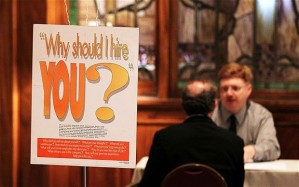
Mark Caserta has been writing opinion columns for nearly 25 years and is editor for Free State Patriot

Got your attention? Good.
We nearly had to take out a loan to purchase this chuck roast I’m preparing to put on the oven. I know prices tend to rise, but this is out of control.
We live in a Republic, which means we are supposed to have representatives who represent the will of the people. Many people don’t know what that looks like. Many politicians don’t care – as long as they remain in power.
There are still good people out there who want to do the right thing as our representatives. Find out who they are and vote for them. If you don’t vote, don’t complain about what you permit.
Families are hurting. People are wandering grocery store aisles looking at items on the shelves they can no longer afford. It’s truly heartbreaking if you understand what’s happening in government.
There are those who will swear government isn’t the problem. Well, to a point they’re right. The people who sit on the sidelines and allow progressive liberals to control their lives are the problem!
The government should not control the people. People should control the government. It’s time, no, it’s past time that we re-engage and take back our lives and the futures of our children and grandchildren.
Corrupt politicians believe we are defeated. They believe they’ve beaten us down and taken away our spirit to fight. They want everyone subservient to their governing hypocrisy. They are relentless in their ideology to dominate, not serve their constituents.
Are we beaten? Is this the way we want it? Is this the environment we want for our children?
It starts with a single, persistent voice in the wilderness. It begins with you and me. Being angry isn’t enough.
Put some action behind that anger.
Fire leaders who will not lead. Vote in November.
















